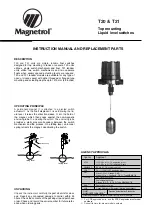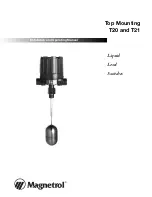
Smartports
What is a Smartport
Cisco 500 Series Stackable Managed Switch Administration Guide
150
11
A Smartport macro can be applied to an interface by the macro name, or by the
Smartport type associated with the macro. Applying a Smartport macro by macro
name can be done only through CLI, you should refer to the CLI guide for details.
There are two ways to apply a Smartport macro by Smartport type to an
interface:
•
Static Smartport
—The user manually assigns a Smartport type to an
interface. The result is the corresponding Smartport macro is applied to the
interface.
•
Auto Smartport
—Auto Smartport waits for a device to be attached to the
interface before applying a configuration. When a device is detected from
an interface, the Smartport macro (if assigned) that corresponds to the
Smartport type of the attaching device is automatically applied.
The Smartport feature consists of various components and works in conjunction
with other features on the switch. These components and features are described
in the following sections:
•
Smartport, Smartport types and Smartport macros, described in this
section.
•
Voice VLAN and Smartport, described in the
Voice VLAN
section.
•
LLDP/CDP for Smartport, described in the
Configuring LLDP
and
Configuring CDP
sections, respectively.
Additionally, typical work flows are described in the
Common Smartport Tasks
section.
What is a Smartport
A Smartport is an interface to which a built-in (or user-defined) macro may be
applied. These macros are designed to provide a means of quickly configuring the
switch to support the communication requirements and utilize the features of
various types of network devices. The network access and QoS requirements
vary if the interface is connected to an IP phone, a printer, or a router and/or
Access Point (AP).
















































